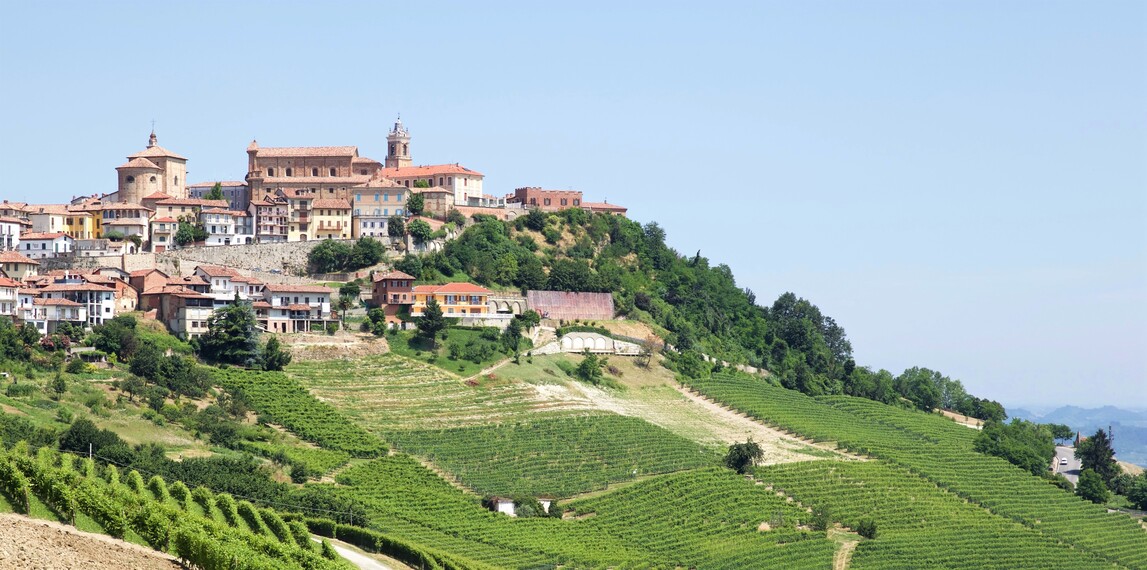
La Morra
La Morra, built in the Barolo production area, is 13 km far from Alba, and includes the villages of Annunziata, Berri, Rivalta and Santa Maria. It’s a place of relax and holidays, thanks to its beautiful position on the top of a hill.
On the main square it’s possible to see the baroque church of saint Martin and the Fraternity of San Rocco; in a corner, a littel triangular garden has taken the place of the ancient cemetery, in front of the Town Hall. Nearby, in the Communal Cellar, it’s possible to taste and buy wine. A littel far away, in piazza Castello, it’s possible to see one of the best views over the Langhe.
In the Annunziata village it’s possible to see the former benedictine abbey of san Martino di Mercenasco, where today the Ratti Wine Museum has its seat. From here start the WinePaths and the “Mangialonga”.
History
Murra is an ancient town: it was founded at the end of the XII century by the Commune of Alba. Its citizens were under Alba’s influence until their town became independent.
Some say that the name La Morra comes from “murra”, a benedictine name meaning a “closed place”, surrounded by stone walls, where animals (sheep and goats) was gathered; according to some others it comes from “mora”, blackberry.
There are also some who say that it comes from “mola”, mill, referring to the mills made in Croera village, not far from La Morra.
From 1340 on the town was owned by the Falletti, later marquis of Barolo, family.
The castle was knocked down by the French in 1542, along with the two town doors, called San Martino and Del Mercato.
La Morra had, since 1402, its own laws; in the code is even cited the “Nebiolium” vine, today’s Nebbiolo, as suitable for making an excellent wine.
